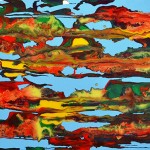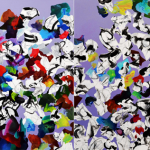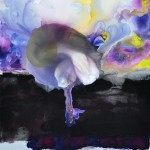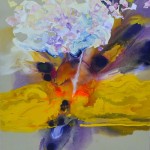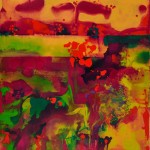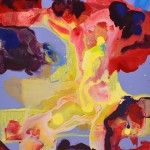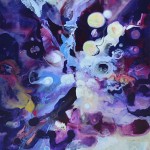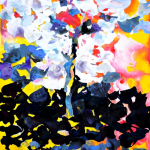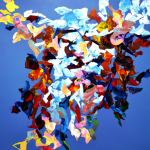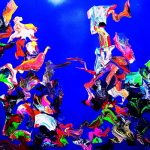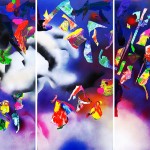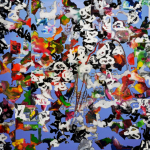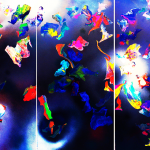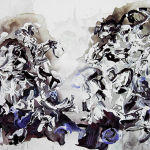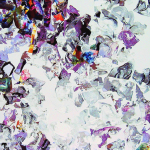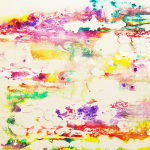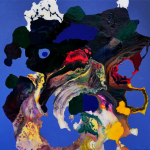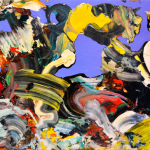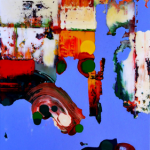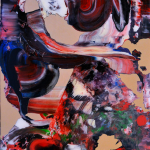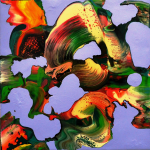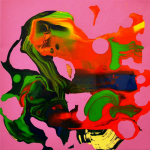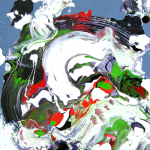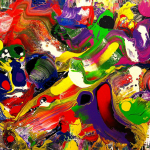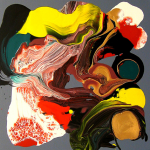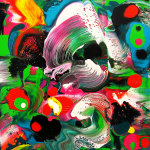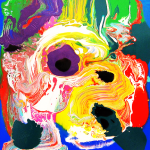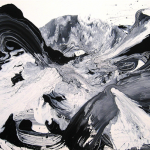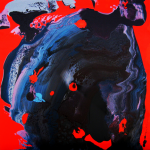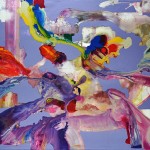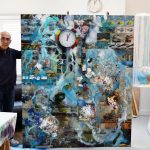Herbert Murrie
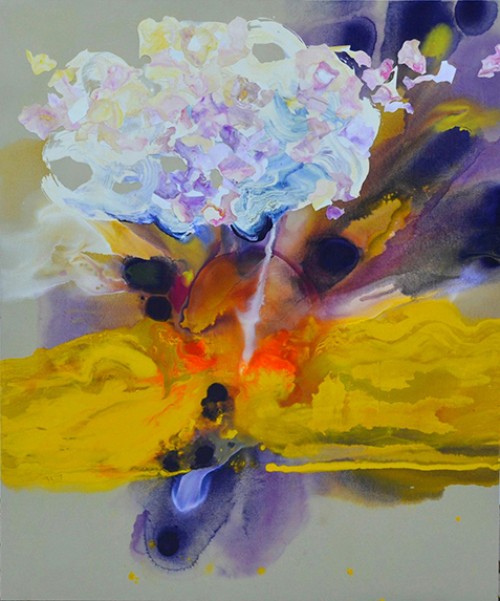
Artist Biography
Details posted soon
Herbert’s art school training was classic in nature. His love of painting leaned toward the French Impressionists, Monet, Cezanne, Sisley, and Gauguin to name a few. Never the less, he greatly admired what was happening in the early 60’s and 70’s by the American abstract painters, Wilhelm de Kooning, Arshile Gorki, Mark Rothko’s early abstractions and Jackson Pollock’s drip paintings. The Renaissance painters of Italy as well had an influence on him especially in the area of color.
Over the past 10 to 12 years his painting moved rapidly to the abstract. He knew he had to keep pushing forward toward a totally non-objective, purely emotional state. He never felt the same emotion or excitement before that he feels in his abstract work today.
One presupposes, of course, that words are used to convey information about the idea and the context. None of his paintings function as illustrations of an idea; ultimately they are the idea. The shapes and forms emerge through the constant blending and manipulations of the paint. A non hierarchical interweaving of form with space and color…interlacing forms, bows and curves that constantly intersect to produce fantastic spatial structures that change with the light, could be altered endlessly. To cause something to change and flow, to make it relative, suits him very well. He will edit out and build upon what he feels is working. Sometimes when images come about by chance they are fresher, more organic, more inevitable. Instinct takes charge. The composition of different forms, colors, structures, proportions, harmonies come out as an abstract system analogous to music.
Letting a thing come rather than creating it is more genuine, richer, more alive. Anything is possible in his paintings; any form, added at will, changes the picture but does not make it wrong. The fact that Herbert’s paintings evolve their motifs as the work proceeds is a timely one because there is no central image of the world any longer: He must work out everything for himself. He wants to capture the energy one finds in the music of Beethoven, Mozart, the Beatles, the poetry of Bob Dylan. Music has that abstract energy that is Difficult to put into words. You feel it, sense it to produce a specific emotional effect.

